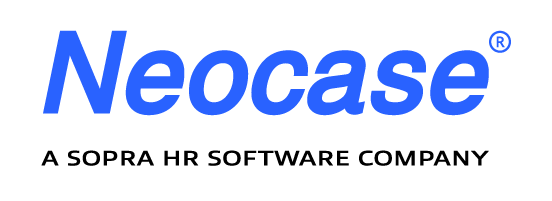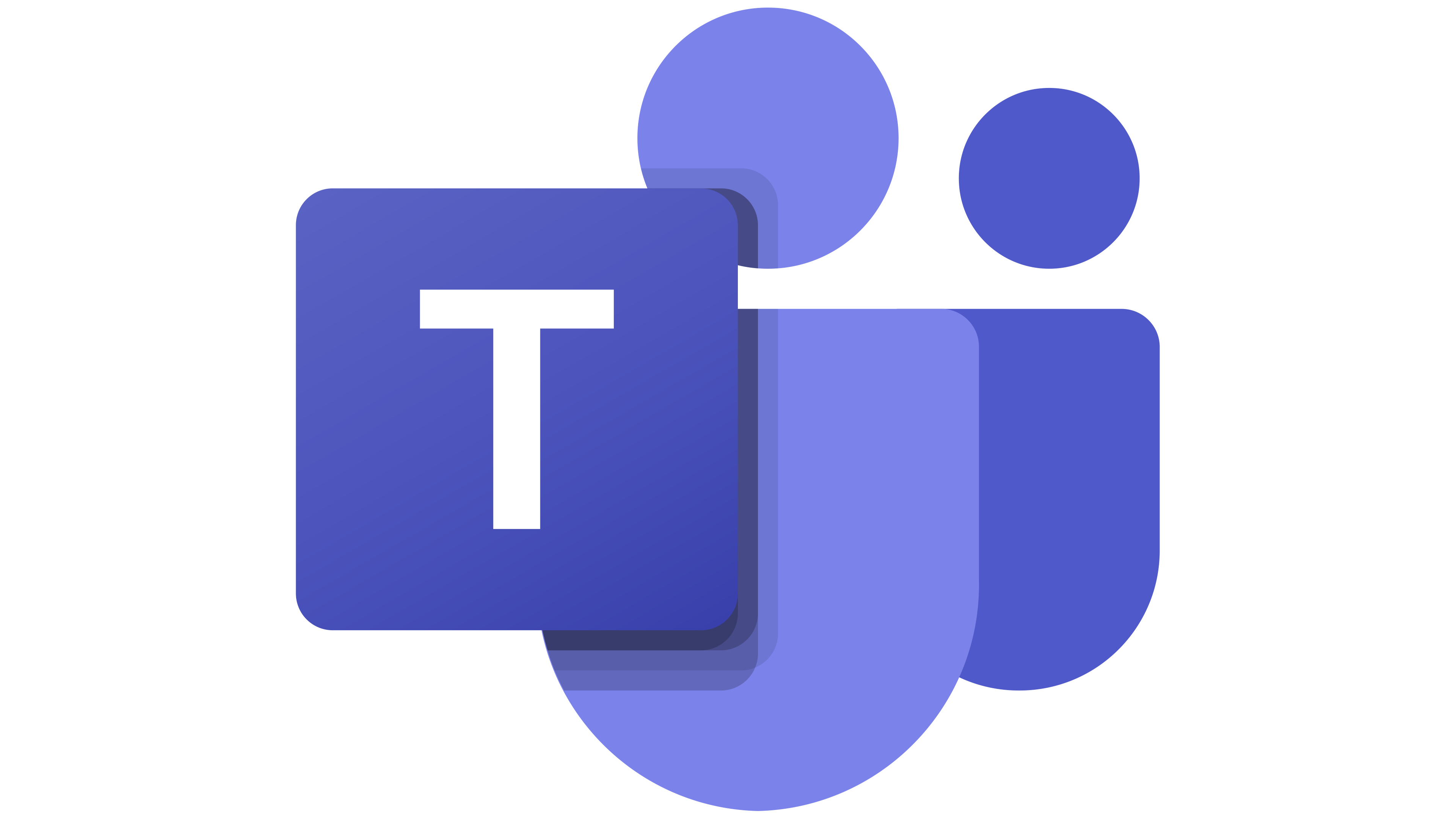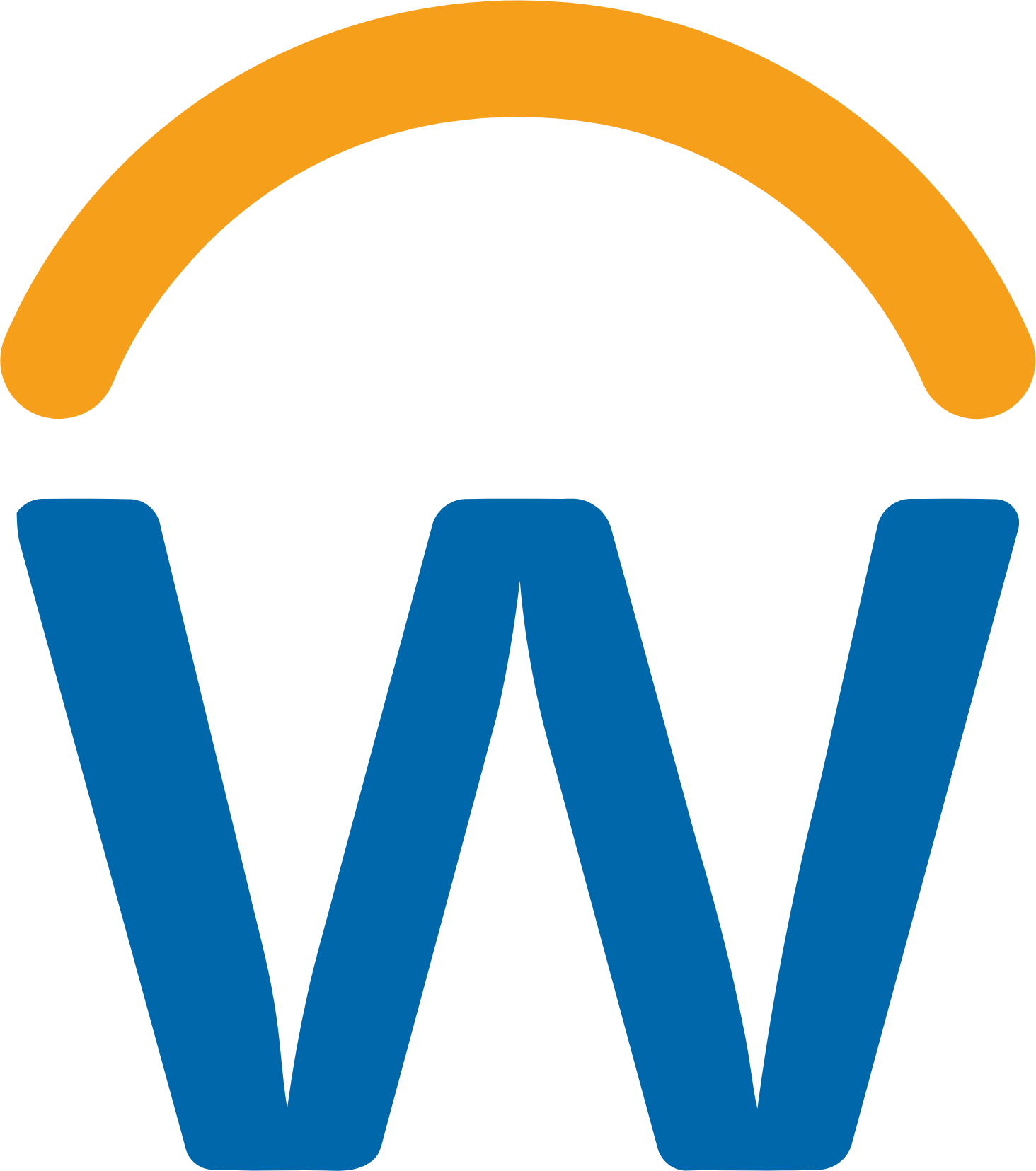In a recent blog post “Why so many companies can’t get the employee experience right,” we briefly touched on the concept of the Customer Journey Map. The customer journey map was described as a tool that enables you to identify all factors that impact the employee experience.
If you can identify more factors, you can improve more factors, and therefore, more thoroughly improve the overall employee experience.
Since the customer journey map is such a powerful tool, it deserves more airtime, so here we go…
What is a Customer Journey Map?
According to Adam Richardson in a Harvard Business Review article, “A customer journey map is a very simple idea: a diagram that illustrates the steps your customer(s) go through in engaging with your company, whether it be a product, an online experience, retail experience, or a service, or any combination. The more touchpoints you have, the more complicated — but necessary — such a map becomes.”
Stay focused.
The employee experience is an extremely broad phenomenon, starting with the pre-hire process, through the entire lifecycle and beyond. It includes such a vast array of touchpoints that it doesn’t make sense to try and map out the entire experience. It’s more practical to examine a single journey within the overall experience. The more focused you are in the mapping process, the more successful you’ll be by making incremental improvements to the overall employee experience.
How can you apply the Customer Journey Map to HR Service Delivery?
Again, avoid trying to map too much at once; focus on a very specific journey. Let’s use a simple knowledge base search as an example:
- The employee logs into the self-service portal.
- Initiates the search.
- Reviews the search results.
- Selects an article from the list of results.
- Reads the article.

Examine each step in the journey for improvement opportunities.
Once you’ve mapped out the journey, you’re in a better position to “experience” it from the employee’s perspective, on a click-by-click basis. Remember, our objective is to make each step in the journey more “customer friendly.” Doing so will improve the overall experience.
For each step, ask yourself what you can do to make that particular step more useful, easier or enjoyable for the employee. Refer to the bulleted items in the journey map above, as an example.
Make the changes you’ve identified.
Sure, that sounds too obvious to warrant the heading. But let’s face it – we often identify changes that need to be made, but don’t quite get around to actually making the changes. Approach this as you would any important project, and assign names and due dates. Your employees will thank you for it.
Every organization wants to improve the employee experience. To make improvements, you first need to understand what the experience is. Create a customer journey map to visually define the journey. Once done, examine each step for ease of execution / enjoyment, and question how you can improve it.
The concept is relatively simple. But like a lot of simple tools, using them consistently and with rigor makes all the difference.

 Microsoft Teams
Microsoft Teams
 Workday
Workday
